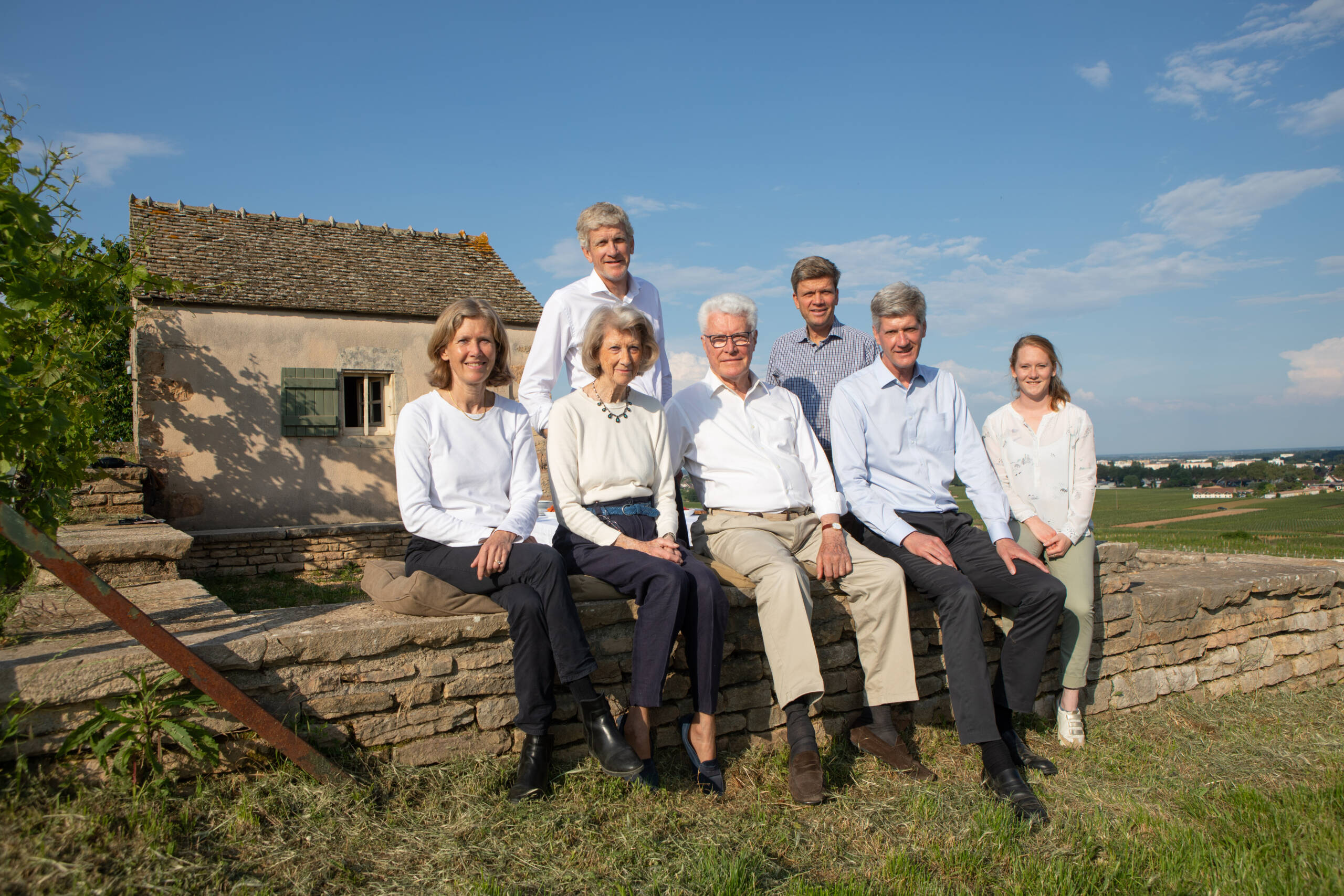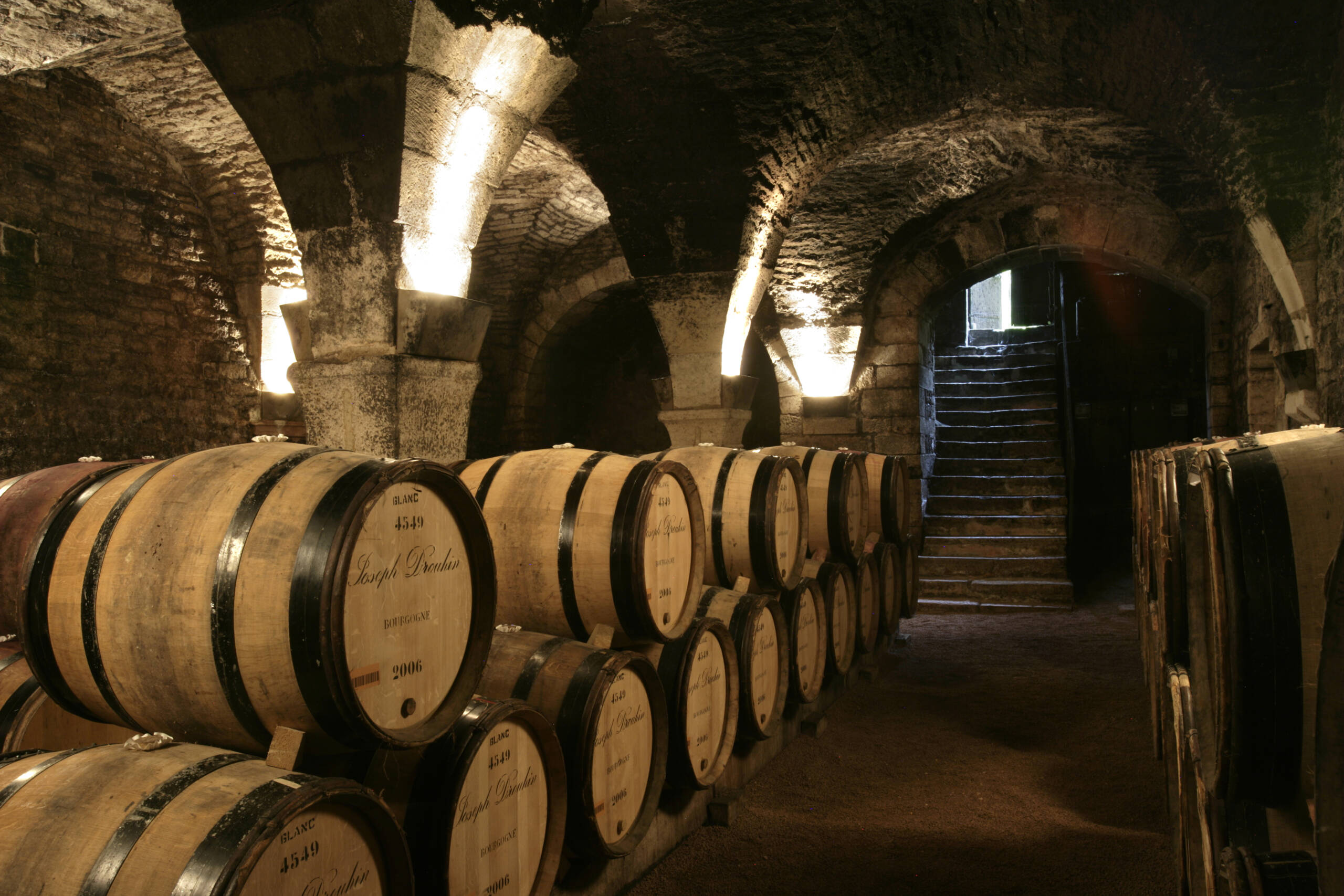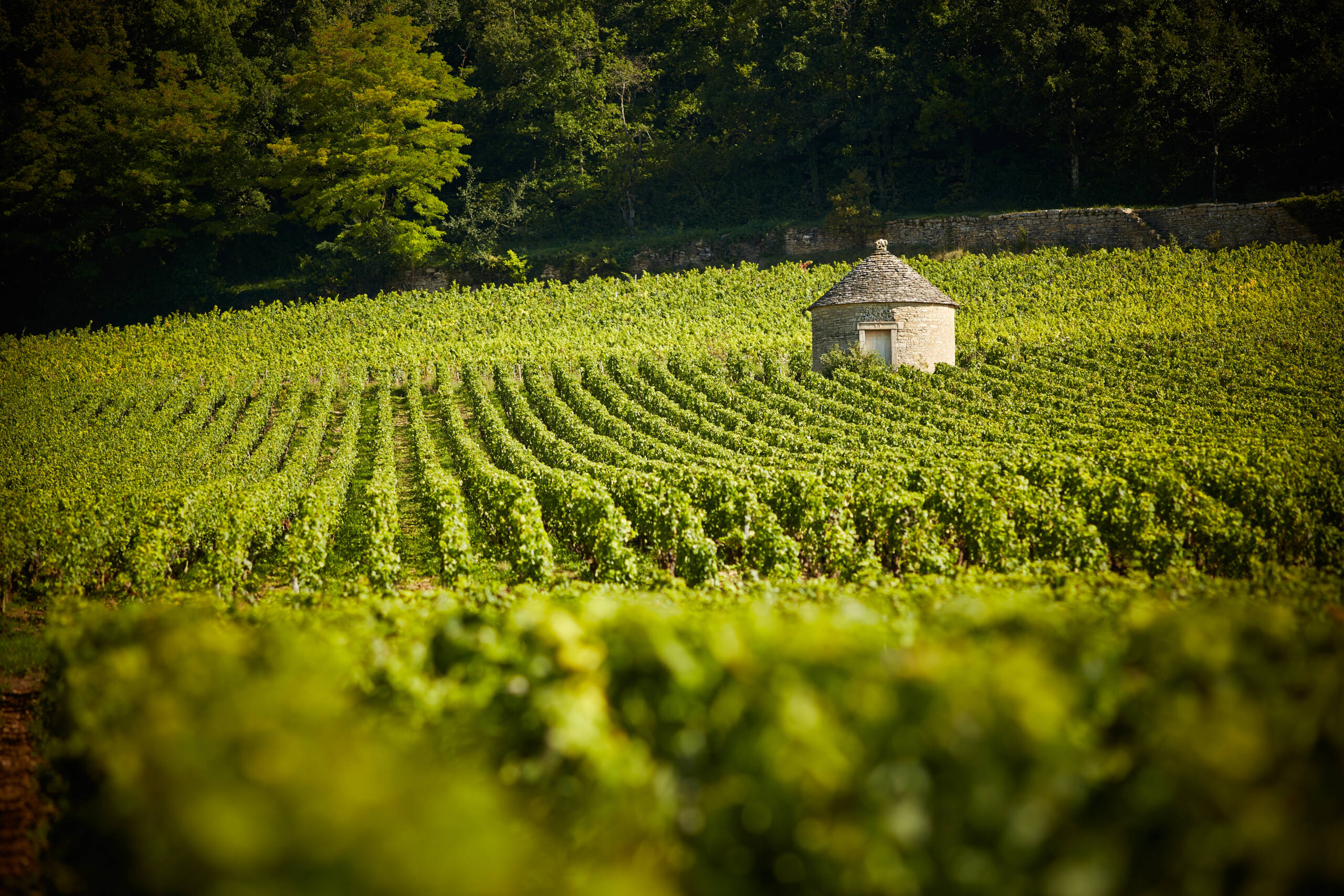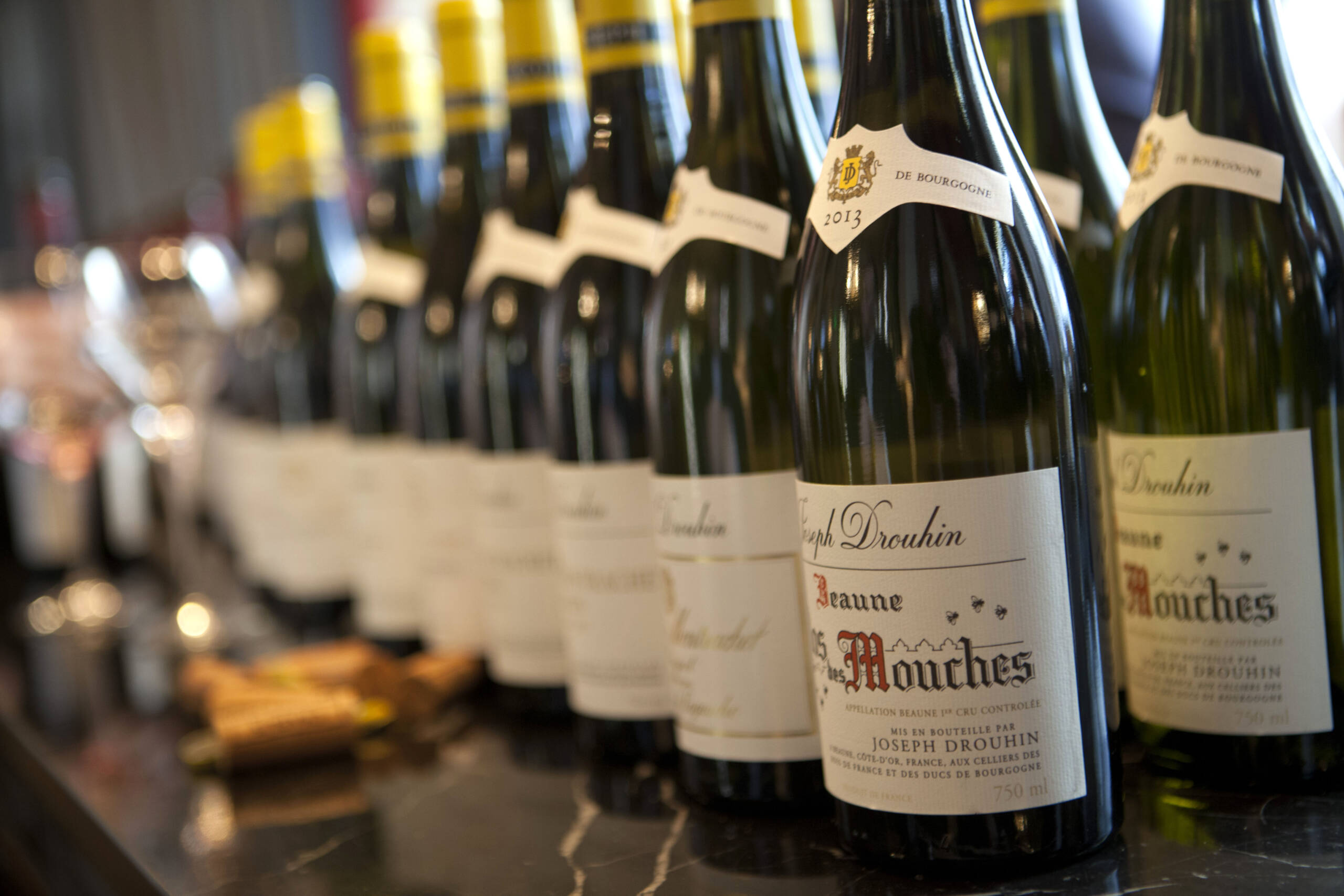
The family Drouhin grew up in the vineyards and acquired a deep understanding of wine alongside their father, Robert Drouhin. They all have their own role and they share the same passion for wine
Veronique Drouhin was not supposed to run one of the world’s most celebrated wine producers. The scion of a family with holdings throughout Burgundy and beyond, she was born with the odds stacked against her in two ways: she was the second child, where traditionally the elder child took on the family business; and she was a woman in the very mannish world of wine.
“I did not think, when I was at school, that things would end up the way they did,” the urbane, lively head of Maison Drouhin says ahead of our tasting of some of her finest wines. But her elder brother, Philippe, decided that he wanted to devote his energies to being in the vineyards, making the wines great rather than running the company. And Veronique, although she is too modest to say so directly, showed the commercial nous required to take the company forward in the 21st century.
Drouhin is famed for making wines of finesse, vibrancy and balance. That was not necessarily always a plus point: there was a time earlier this century when many consumers of fine wines thought that the more powerful a wine was, the better. And being the head of a negotiant-producer, which both owns its own vineyards and buys grapes from small producers with their own vineyards, was also a double-edged sword as high-end consumers sought out tiny production boutiquewineries as a status symbol.
Follow LUX on Instagram: luxthemagazine
But the pendulum has swung the other way, both on style, with finesse and balance most definitely back in vogue, and in terms of consumer demand, as the cost of wines from tiny producers shot upwards beyond sustainable levels. Drouhin, which makes wines from some of Burgundy’s most hallowed vineyards, suddenly looked like excellent value as well as high quality.
If there is a grace to the wines – more on which in our tasting notes below – there is also a grace to the head of the Maison. When I ask what she would have likely done if she had not been born into a major French wine dynasty, Veronique replies that she might have become a music. I can imagine her playing a Chopin sonata as much as I can imagine her tasting her wines or hosting a collector’s dinner.
Read more: A tasting of Dana Estate wines

After carefully harvesting the precious fruits of a year’s labour, Maison Drouhin let their vines enter a period of rest, an enchanted interlude called dormancy.
Drouhin makes wines at a variety of price points: just days before this tasting of some of their highest-end wines, which costs hundreds of pounds/euros/dollars a bottle, I partook of a bottle of a more lowly Drouhin Savigny-les-Beaune red Burgundy, from the fulsome 2020 vintage, at a London restaurant. It was delicious, balanced, moreish; and very much in the style of all the others. But if you are seeking a high end Burgundy at a relatively reasonable price, look to the below.
The Drouhin tasting. Tasting notes by Darius Sanai
Whites:
Chablis Grand Cru Les Clos, 2018
The Chablis brand might suggest a certain austerity and steeliness; this grand cru, from one of the most celebrated vineyards, had that but also breadth, depth and white nectarines. Very classy and surprisingly powerful; a Jaguar E-type of a wine.

The harvest date is determined through regular samplings. Maison Drouhin closely monitors the health and maturation of the grapes.
Beaune Clos des Mouches, 2019
A white wine from Beaune? Sacré bleu – or sacré blanc! But what a wine this rare and prized bottling is. Rounded, rich fruit with freshness and sex appeal and a lot of layers. An open-topped classic two-seater Mercedes SL from the 1980s.
Chassagne Montrachet Premier Cru Morgeot, Marquis de Laguiche, 2019
From Chablis we headed south through the forest of the Plateau de Langres (Chablis is not connected to the rest of the Burgundy vineyards), over the continental divide and down to Beaune. Now we travel a few kilometres further south, with the Cote d’Or hills rising to our right, in our 1973 Porsche 911S, in a solid period dark green. That’s what this wine is: super-elegant, precise, crafted, stunning.

The harvest date is determined through regular samplings. Maison Drouhin closely monitors the health and maturation of the grapes.
Corton Charlemagne Grand Cru, 2019
Back up the road we go, past Beaune, to the rounded Hill of Corton. Corton Charlemagne is one of the most celebrated white Burgundies, and this is a beautiful interpretation, with stony fruits and the complexity to match a three Michelin-starred chef’s signature Escoffier-style white fish main course. A 1960s Citroen DS Decapotable (in black, with cream leather) of a wine.
Reds:
Volnay Premier Cru Clos des Chênes 2018
Such finesse, a wine that only hints at its true depth of first sip, then keeps speaking with you, reciting poetry in your ear.
Beaune Premier Cru Clos des Mouches 2018
Beaune is only a few kilometres away from Volnay, and this wine is made with the same, pinot noir, grape variety by the same producer: yet while retaining Drouhin’s finesse, this has power and muscularity. Like a Duke from the court of Louis XIV expounding on the virtues of his house musicians.
Chambolle-Musigny Premier Cru Les Amoureuses 2009
On first sip, this is a balanced, structured and slightly delicate red Burgundy. By the end of the second glass, it’s an artist, a pianist, a poet and a dancer – and not a particularly chaste dancer. A Chippendale from the 2000s, or a brilliant burlesque; all at the same time. Astonishing.
Chambertin Clos de Beze 2003
This is a wine you would have at your last supper, with capon, truffle, caviar and tripe sweetbreads (and maybe some pommes dauphinoise). Like a Falstaffian royal performing a perfect ballet while reciting Rumi.






